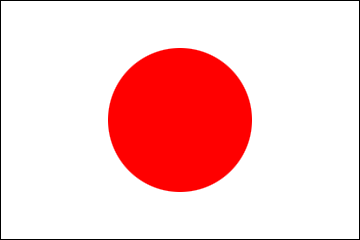Special feature
2021/5/31

In Ottawa, we can see gentle pink cherry blossoms in spring every year. The trees are flowering again this year, announcing the arrival of spring.
The cherry blossom is widely distributed in Asian countries, Europe, and North America. In Japan, the blooming begins in the south and moves northward up the archipelago from March to April every year.
There is no official national flower of Japan decided by law, but the cherry blossom has been integrated into Japanese culture and the Japanese people’s way of life. It has been loved as a symbol of Japan over a long period of its history. The flower is also a popular motif in art as well as consumer goods in Japan.
The cherry blossom has had the role of announcing the end of the long winter and the beginning of the warm season, liberating people’s minds. As the cherry blossom season coincides with both the fiscal and academic years in Japan, it marks the arrival of new beginnings– students start school and employees start their new career. Having food and drinks with family and friends under cherry blossoms in full bloom to share the joy of the season is a tradition called “Hanami”, meaning flower viewing.
Because of its beauty and transience, cherry blossoms also symbolize the fleetingness of life and the Japanese view of life and death.
Cherry blossoms are loved by the Japanese people and were brought across the ocean to Canada as a symbol of Japan. More and more Canadians have the chance to see Japanese cherry blossoms every year as more trees are planted across the country.
Cherry trees can be found in various locations throughout the National Capital Region including at Japanese Ambassador's residence. To commemorate the 125th anniversary of the Canadian Confederation in 1992, then-Ambassador Mizoguchi (the 19th Japanese Ambassador to Canada) planted 60 North Japanese hill cherry trees throughout the region. This cherry tree planting initiative was called "The Sakura Project" and was founded with the cooperation of local Japanese Canadians and Japanese nationals. This year again, cherry blossoms can be seen at different locations in the region, including Confederation Park.
Cherry trees are also found in other parts of Canada such as in the City of Vancouver where the history of cherry blossoms dates back to the 1930s. Two of the main Japanese port cities, Kobe and Yokohama, donated 500 trees to the Japanese cenotaph in Stanley Park that was created to honour Japanese Canadians who served in the First World War. It is estimated that there are over 40,000 cherry trees in Vancouver which are loved by the citizens and visitors of the city. The Vancouver Cherry Blossom Festival takes place every year.
In Victoria, B.C., the City of Victoria purchased over 1,000 cherry trees from Japan with the prize money donated by Victoria’s Japanese community in 1937. That year, the community won a float competition in the city's 75th anniversary parade. The citizens of Victoria have had the chance to enjoy cherry blossoms every year ever since.
In Toronto, the path on the hillside overlooking Grenadier Pond in High Park is lined with cherry trees. The planting of cherry trees originated in 1959 as a gift of appreciation to the citizens of Toronto from the citizens of Tokyo for warmly accepting re-located Japanese Canadians following the Second World War. A total of 2,000 trees were donated to the city. In Toronto, 3,000 cherry blossom trees were also planted around 60 places by the Ontario Sakura Project from 2000 to 2012.
To mark a new step forward, cherry trees were presented in 2017 to Quebec City by Medicago, a subsidiary of a Japanese enterprise, and the tree planting took place in collaboration with the Quebec-Japan Friendship Association. To commemorate the 90th anniversary of Japan-Canada diplomatic relations, the very first Sakura Matsuri took place in the city in 2019.
We are now taking steps towards the celebration of 100 years of diplomatic relations between our countries. Cherry blossoms are bringing cheer to all of us while we face difficult circumstances in the COVID-19 pandemic and try to make a new start amid growing fears and hardships. Cherry blossoms will continue to bloom next spring and the spring after the next.
We can look forward to seeing them again and celebrating together under their flowers after we overcome the challenges that the COVID-19 pandemic has brought us. For many years to come, the cherry blossoms will give us dreams and hope and they will continue to watch over the growing friendship between Japan and Canada.
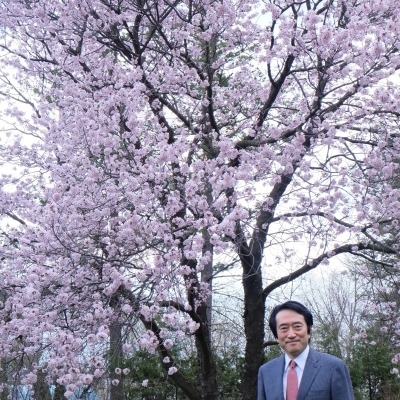 |
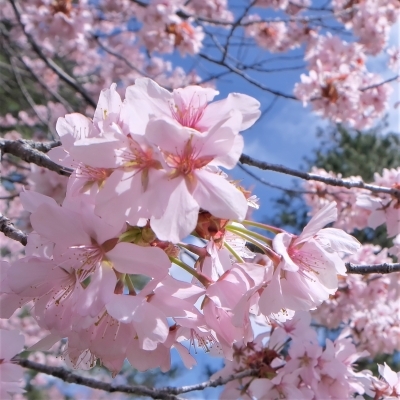 |
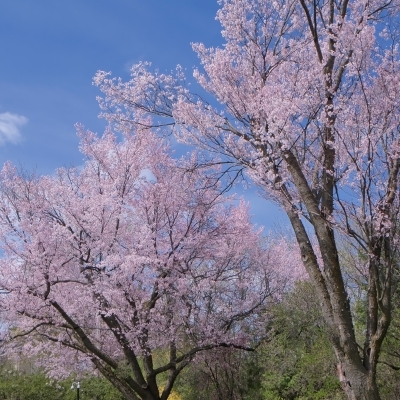 |
| Cherry blossoms at Japanese Ambassador's residence | ||
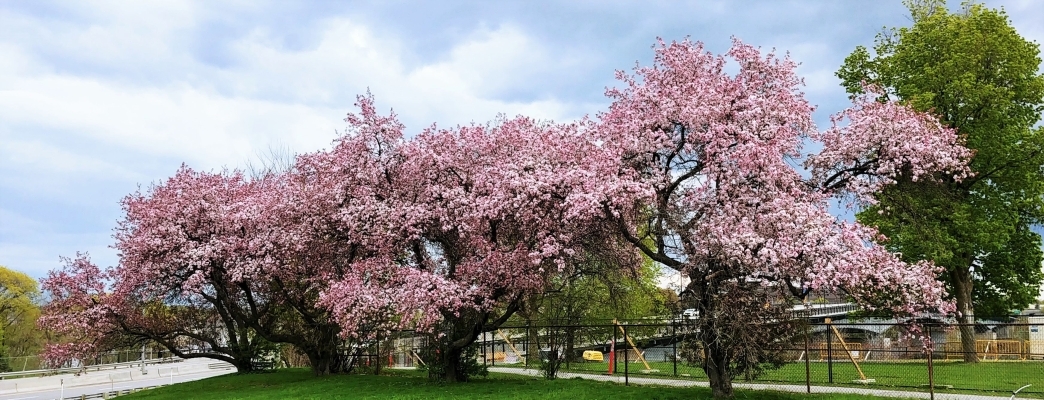
Cherry blossoms at Jacques Cartier Park in Gatineau
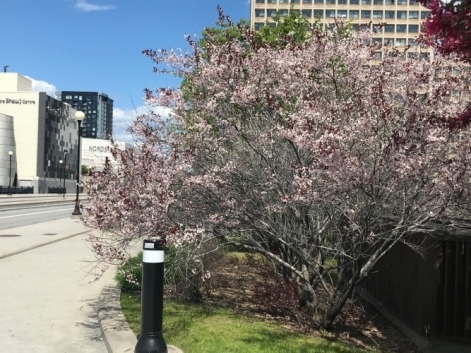 |
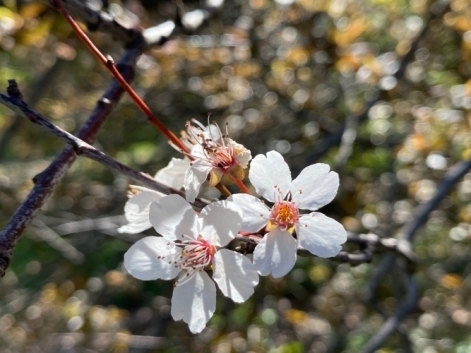 |
| Cherry trees at Confederation Park in Ottawa | Cherry flowers at Dominion Arboretum in Ottawa |
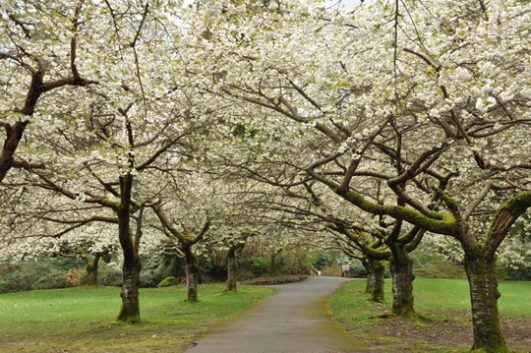 |
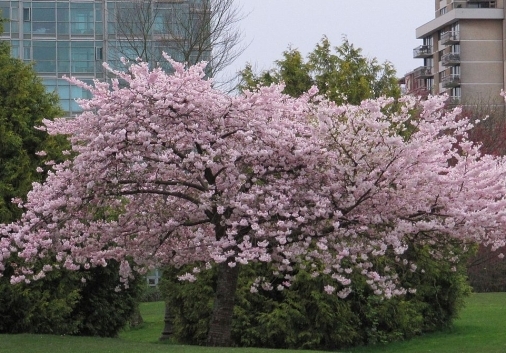 |
| Cherry blossoms in Stanley Park, Vancouver (Photo cedit: Tourism Vancouver / Shirley Willard ) |
Cherry blossoms in Stanley Park, Vancouver (Photo cedit: Soheila H Jafari) |
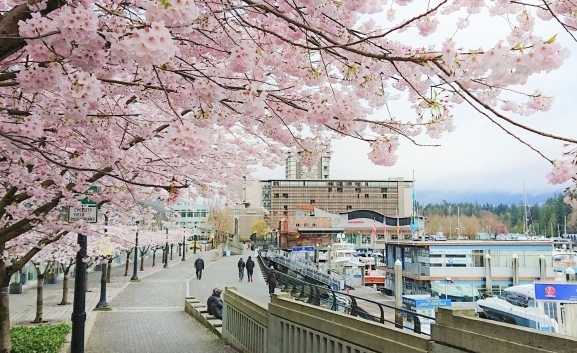 |
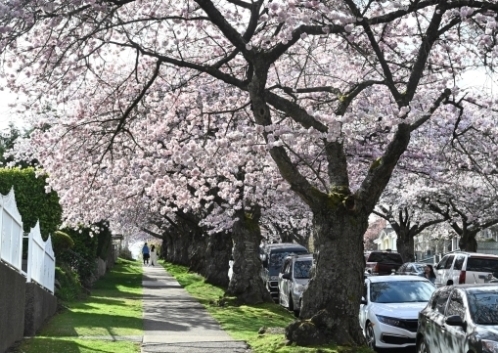 |
| Cherry blossoms in Vancouver (Photo credit: Consulate General of Japan in Vancouver) |
|
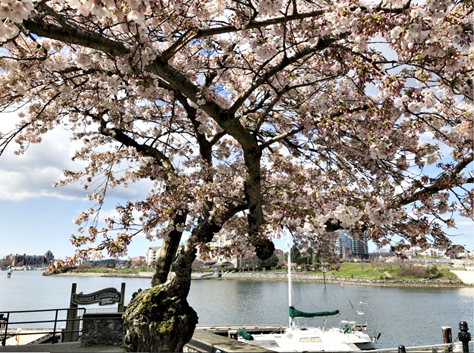 |
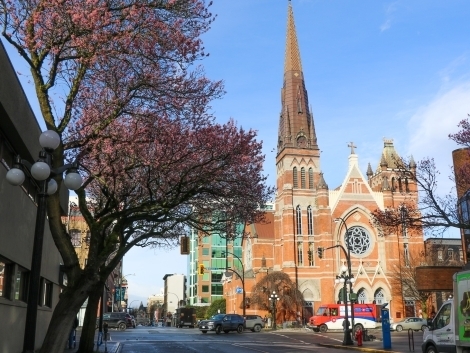 |
| Cherry blossoms in Victoria (Photo credit: City of Victoria) |
|
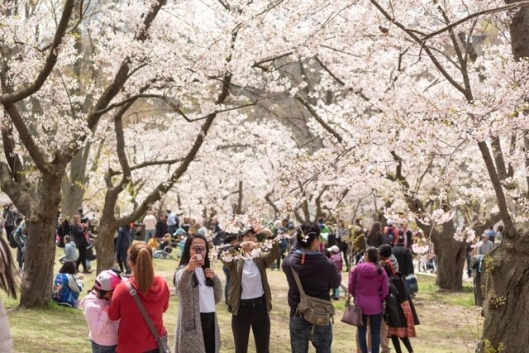 |
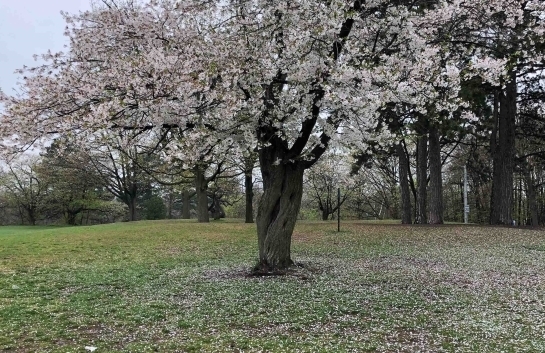 |
| Cherry blossoms in High Park, Toronto (Photo credit: Destination Toronto & Alex Nirta) |
Cherry blossoms in High Park, Toronto (Photo credit: Sara Street, High Park Nature Centre) |
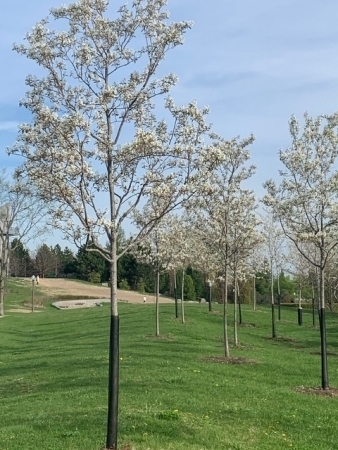 |
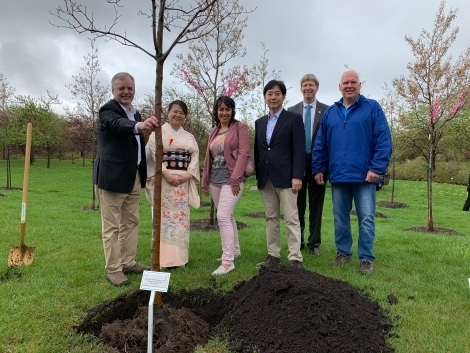 |
| Cherry trees planted in Domaine Maizerets, Quebec City in 2017 (Photo credit: Quebec-Japan Friendship Association and Consulate General of Japan in Montreal) |
|
